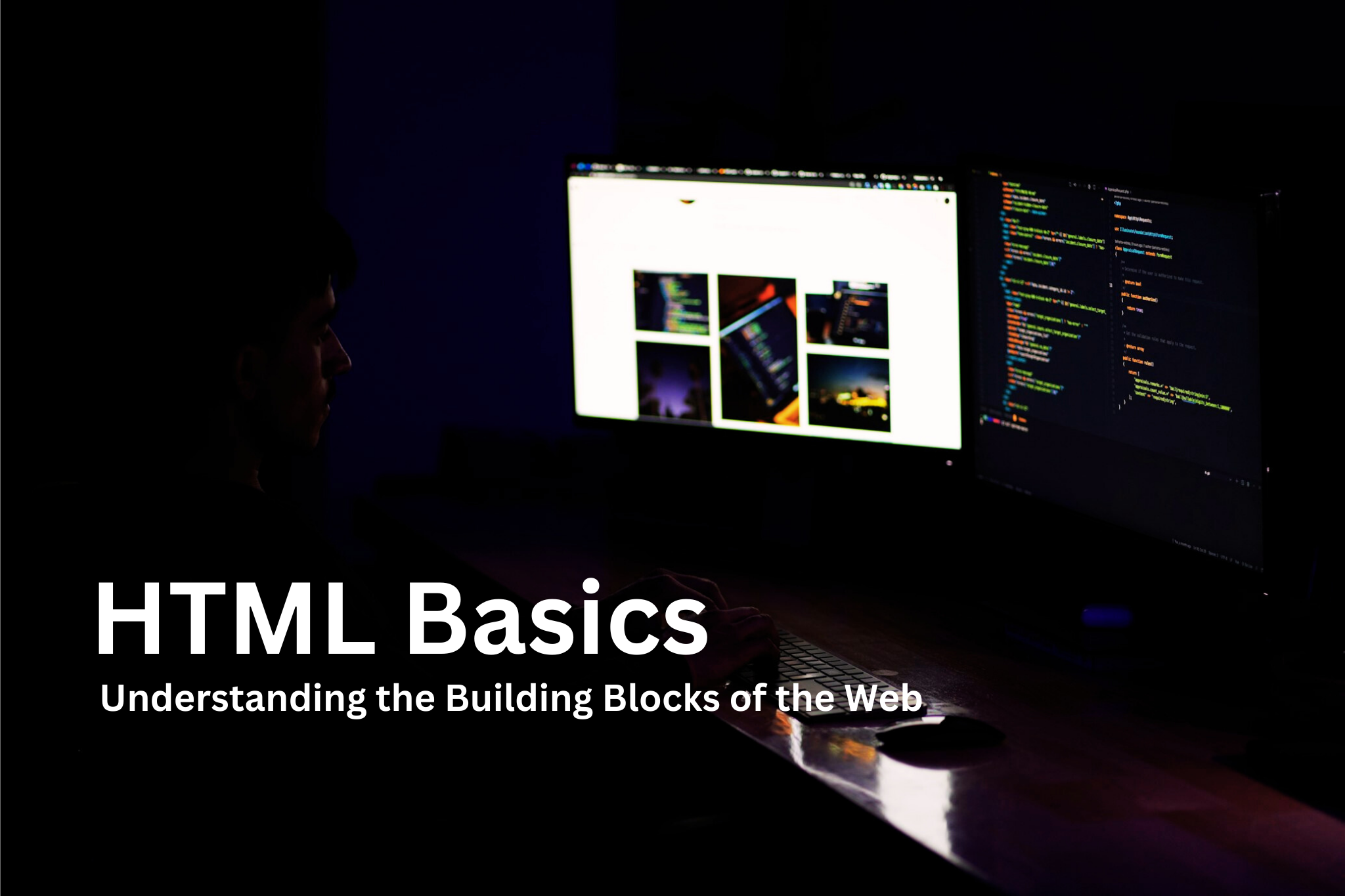What is HTML?
HTML stands for HyperText Markup Language, and it’s the backbone of every single website you’ve ever visited.
Here’s how it works:
- HTML provides the structure for web pages.
- It organizes content into headings, paragraphs, links, images, and more.
- Think of it like the framework of a house: it holds everything in place.
Why Should You Learn HTML?
- It’s easy to learn. You don’t need to be a tech wizard to get started.
- It’s foundational. Once you know HTML, learning CSS and JavaScript (which add style and functionality) will be a breeze.
- It’s everywhere. HTML is used in emails, blogs, resumes, and of course, websites.
HTML Basics: Tags and Elements
HTML uses tags to structure content. Tags are like labels that tell the browser what to do with the content inside them.
Here’s an example:
HTML Basics:
<h1>Welcome to My Website</h1>
<p>This is a paragraph of text.</p><h1>: This is a heading tag. It makes the text bold and large.<p>: This is a paragraph tag. It adds regular text.
Want to try it out? Head over to our HTML Editor and paste the above code. Click Run to see how it looks on a webpage!
The Structure of an HTML Page
All HTML pages follow the same basic structure:
HTML Structure:
<title>My Awesome Web Page</title>
<h1>Hello, World!</h1>
<p>This is my first web page, and I’m creating it right here!</p>Let’s break it down:
<!DOCTYPE html>: Tells the browser you’re using modern HTML.<html>: The root tag that wraps everything.<head>: Contains information about the page (like the title).<body>: Contains everything visible on the page.
Don’t worry about memorizing it all at once — just play around with the tags and see what happens!
Practice Time!
Here’s a challenge for you:
- Go to our HTML Editor.
- Try creating a page with:
- A big heading that says “Welcome to My Blog.”
- Two paragraphs introducing yourself and your favorite hobby.
Here’s an example:
HTML Practice Time:
<h1>Welcome to My Blog</h1>
<p>Hi! My name is [Your Name], and I’m learning HTML.</p>
<p>One of my favorite hobbies is [Your Hobby].</p>Click Run and see how it looks. Don’t be afraid to experiment!
Why is HTML So Important?
HTML is the first step in creating web pages, but it’s also the gateway to:
- CSS (Cascading Style Sheets): Making your site look beautiful.
- JavaScript: Adding interactivity and animations.
- Web Development Careers: HTML is the foundation of all web technologies.
What’s Next?
You’ve taken your first step into the world of web development — congrats! In the next blog, we’ll dive deeper into headings and paragraphs and learn how to structure content like a pro.

